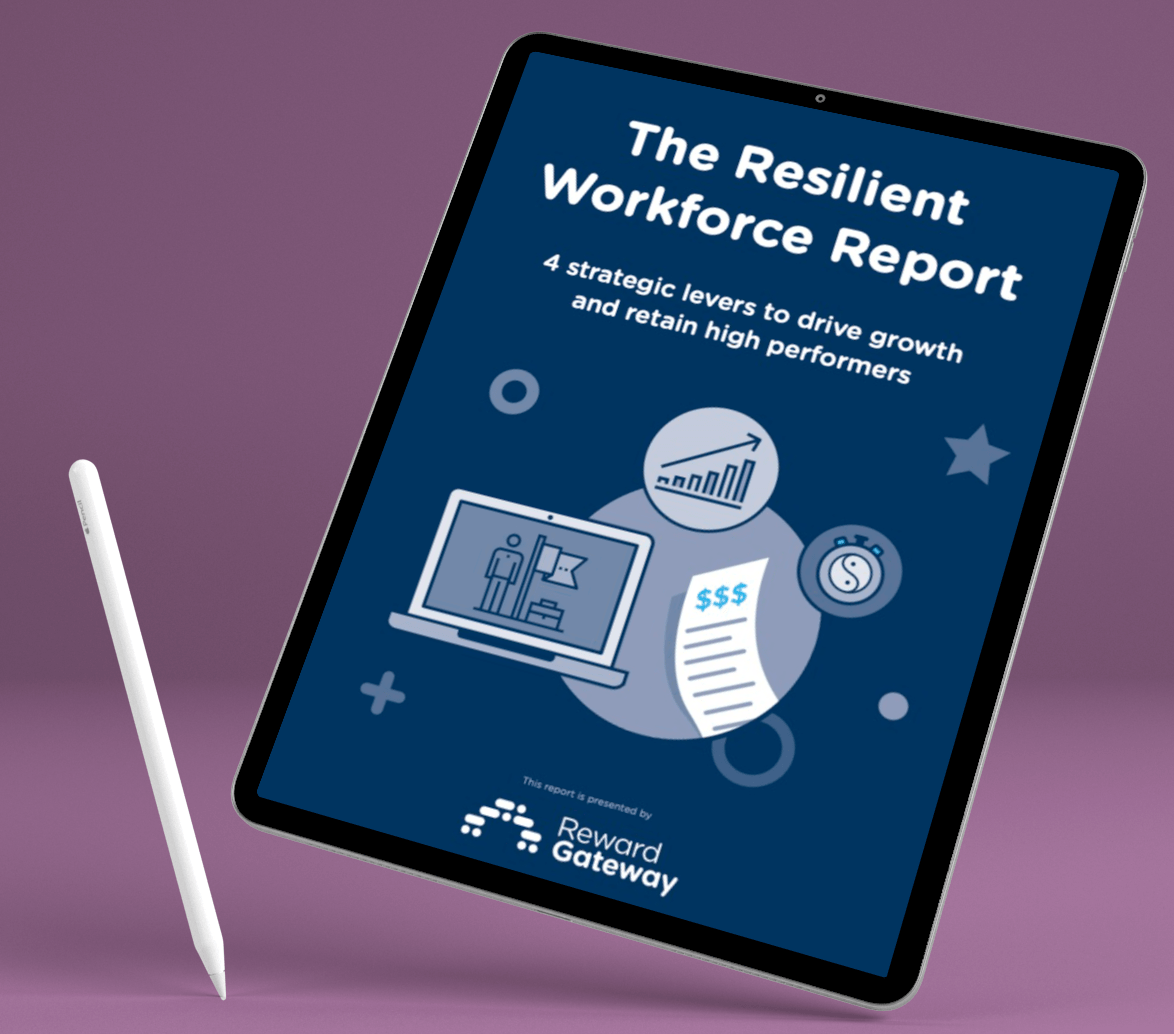As the final months of 2023 unfold, organizations and industry leaders find themselves eagerly peering into 2024’s doors to see what might be in store. In this era of rapid change, the proactive gaze towards 2024 is a strategic imperative for organizations around the globe – big or small, no matter the industry.
Reward Gateway conducts industry research throughout the year to connect with both employees and HR professionals about what they’re doing, what’s working vs. what isn’t and what people care most about in their careers and their roles.
These 2024 HR predictions are backed up by years of research and trend tracking, as well as close work with Reward Gateway clients over my 17+ years of experience. I have helped organizations at all sizes and in all industries reach and engage their employees, establish reward and recognition and wellbeing support programs and make their corners of the world better places to work.
Check out more 2024 HR predictions from Reward Gateway’s Head of People, Nebel Crowhurst, who has over 15 years of People experience and multiple awards under her belt. And – because there’s always more to learn and discuss – check out this third set of predictions from Reward Gateway’s Regional Director of the Americas, Anthony Knierim.
How can employers leverage data analytics and predictive HR metrics to make more informed decisions about hiring, engagement and talent development?
I have always found the most insight by looking at data by groups. While it is tempting to compare one company’s data to our own, you don’t know what that other company is really doing to achieve those metrics. If you compare locations or departments internally to see where engagement, turnover, time to hire, etc. is strongest or weakest, you can then start to figure out the story behind the numbers. Unfortunately, the story is usually more complicated that one policy change or one leader’s influence, but by looking at data trends over time and adjusting the levers within the organization (how leaders lead, how recognition happens, how communication happens) you can make large adjustments happen and build to big success over time.
Are there any new metrics that employers should consider tracking/watching in 2024 that they don’t use already that looks at the status of employee wellbeing?
First and foremost, I’d have companies look at the data they are gathering. Maybe they have an employee engagement metric, but is it providing interesting insights? If you are relying on eNPS only, note that recently SHRM found that remote employees often have a higher eNPS than their colleagues, but are also more likely to leave their jobs than on-site employees. Measuring likelihood to leave directly will help. While absenteeism is often measured, we also need to include challenges with presenteeism: Maybe they are technically working, but are they working to their full potential? We are also seeing a lot more focus on belonging and connection to determine if employees have built the ties necessary to keep them in a company longer-term. Are you asking employees if they feel a sense of belonging? I’m starting to hear the term DEIB for Diversity, Equity, Inclusion and Belonging. I love that shift and I think in engages employees into the conversation that may not have felt DEI “applied” to them.
Can you provide benchmarks for employee engagement levels in different industries? How do you expect these to change throughout 2024?
There are so many variables that influence employee engagement that we usually recommend companies measure against themselves. Are you seeing an upward trend in engagement - keep going in that direction. And we recommend looking at engagement by leadership level. Sometimes companies focus on the front-lines. Positions with the most potential for turnover, but how are your supervisors doing? How about your mid-managers? If that group is feeling the pressure, they are less likely to support their front-line teams to be successful. On the whole we do tend to see lower engagement in entry-level positions and in those industries with a larger percentage of entry level staff.
Schedule a call with one of our friendly employee engagement experts to learn how Reward Gateway can help to make your corner of the world a better place to work.

%20(1).jpeg) Alexandra Powell
Alexandra Powell




